If there’s one thing Roborock robot vacuums are known for, it’s their astounding cleaning performances at relatively budget-friendly costs. So, when Xiaomi announced the Roborock S7 at CES, the first of its kind to use sonic technology, people weren’t exactly sure how to feel about it.
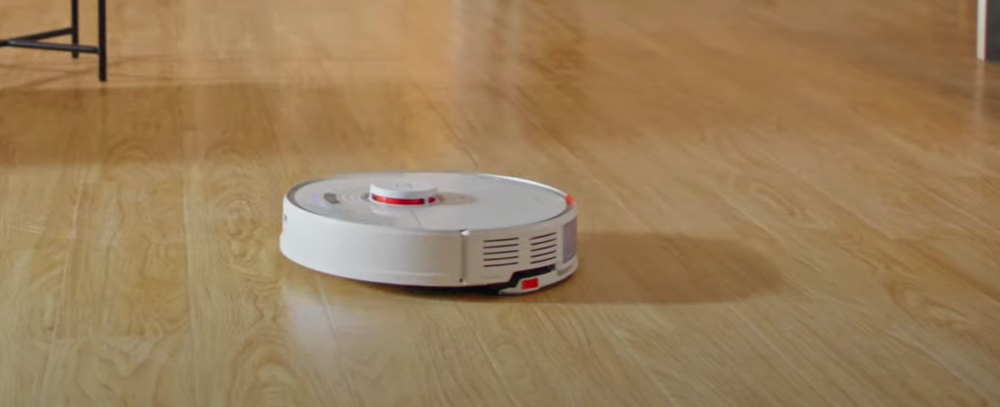
It’s reported that the Roborock S7 is set to release in March of this year, but the company hasn’t left us completely in the dark in terms of what this robot has and can do.
There’s a lot to unpack, but we’ll briefly summarize what we know about the Roborock S7. Please note that anything we mention is here subject to change until the S7 finally hits the market.
HyperForce Suction
HyperForce is a piece of technology that Xiaomi developed for the S7’s predecessor, the S6 its variants. According to Xiaomi, HyperForce Suction produced 25% more suction power compared to older Roborock models. The actual rating of HyperForce is 2,500 Pa, which is up there with other high-end robots.
From what we’ve seen from HyperForce Suction, it’s more than capable of picking up embedded hair and dirt from low-pile carpets, as well as suctioning up debris trapped between floorboards and tiles.
Sonic Mopping
Here’s where things get kind of crazy. In the past, robot “mops” were simple machines that wiped your floors with a moistened pad. At the same time, this is true for the S7, the magic-sauce behind its supposed enhanced mopping performance in the reciprocating vibration of the moistened pad.
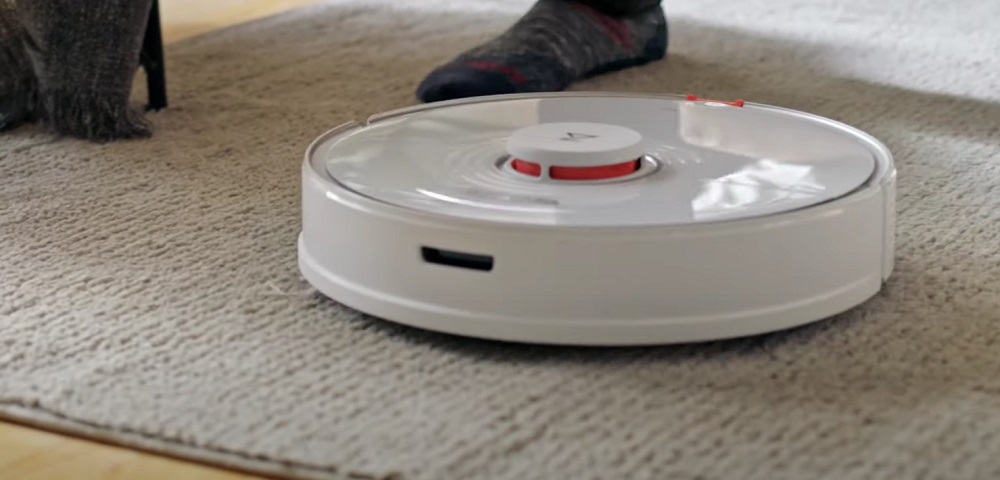
Sonic technology vibrates the pad up to 3,000 times per minute, which allegedly provides a deeper clean by actively scrubbing. If this holds true, we can expect superior mopping performance as opposed to one continuous wipe, as is typical of past hybrid robots.
Carpet Detection and Boost
Another thing we think is a real game-changer is carpet detection. Most hybrid robots were stuck on either vacuuming or mopping mode. While the moistened pad was engaged, the robot would avoid or unintentionally mop carpets. The Roborock S7 comes with carpet-detecting technology and a mop lift, which work in tandem to raise the mopping pad when it senses carpeted surfaces in its wake.
Floating Brush
This is another interesting feature that we thought we’d never see in a robotic vacuum cleaner. The Roborock S7’s brush tracks the ground to deliver constant suction power, even on uneven terrain.
The floating brush is able to go up and down and rock back and forth as its transitions from carpets to hard floors and vice versa.
Related post: Best Roborock Robotic Vacuums
Rubber Brush
While we’re on the subject of the Roborock S7’s brush, you might be interested to learn that it doesn’t come studded with stiff bristles. Instead, the wide brush uses rubber “blades” set up in a helix-style pattern to both agitate carpets and take in debris.
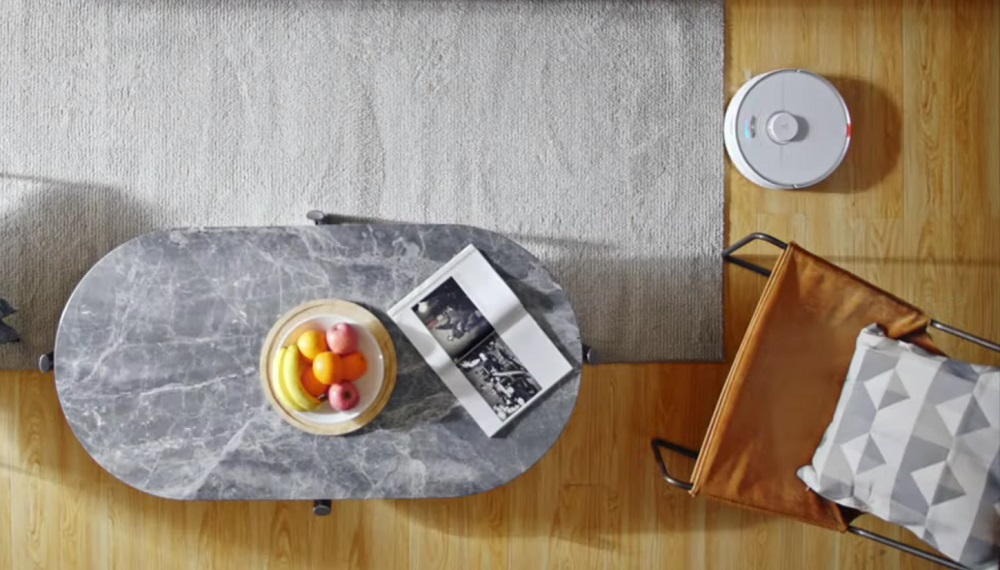
We’ve seen this sort of thing in handheld vacs, and we’re telling you now that this brush style is a lot more effective at picking up fine debris.
LiDar Navigation and Mapping
Xiaomi opted to remove built-in cameras in place of installing LiDar sensors. If you don’t know, LiDay sensors can capture 3D images of a room to produce pinpoint-accurate digital layouts of your home.
With LiDar sensors, the robot is able to detect and identify obstacles while also distinguishing carpets from hard floors. The more the Roborock S7 patrols your floors, the more accurate the digital map of your home becomes.
Related Post: Roborock S4 vs. S5 vs. S6 vs. S7 vs. S8
Roborock/Mi Home App
The S7 is compatible with the Roborock and Mi Home apps. You’ll get the same level of convenience as you would the S6. Basically, you can set up cleaning schedules, define no-go zones, command the robot to clean certain rooms and certain times, and command it to recharge or commence a specific cleaning cycle.
The Roborock S7 will also send real-time status reports, showing the user how much of a room has been vacuumed and/or mopped.
Related Post: Roborock S6 vs S6 MaxV vs. S6 Pure
Long Cleaning Sessions
The S7 comes with an oversized dust bin and water tank. The dust bin can store up to 470 ml of debris at any time, while the water tank can hold as much as 300 ml to deep-clean up to 2,150 square feet of hard floors, per Xiaomi estimates.
And then there’s the huge 5,200-mAh battery that supplies up to three hours of continuous cleaning. This unit also has auto-recharge and resume functions, so it’s a low-maintenance, self-reliant robot.
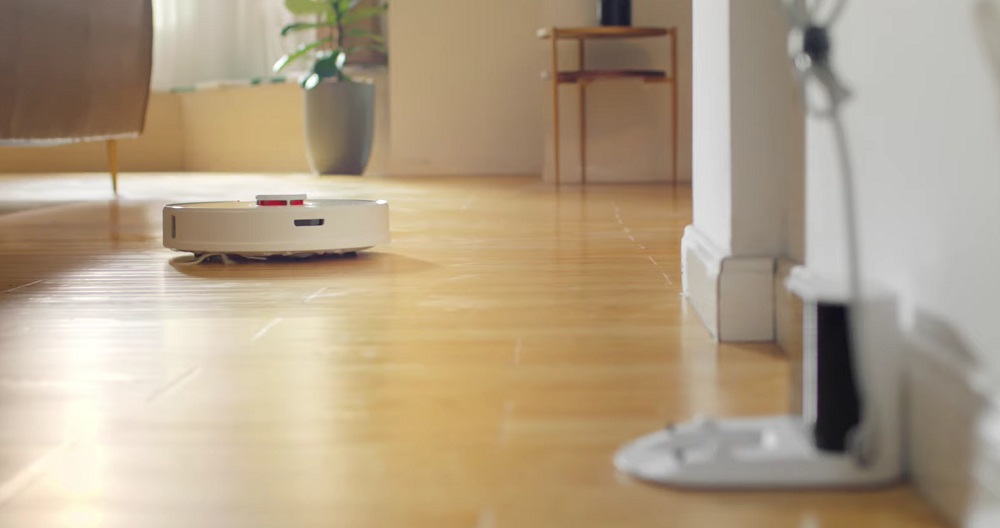
Related Roborock Articles
• Best Roborock Robot Vacuums
Single Reviews
• Roborock E4
• Roborock E5
• Roborock S4
• Roborock S6
• Roborock S7
Comparison Articles
• Roborock S4 vs. S5 vs. S6 vs. S7 vs. S8
• Roborock S4 vs. S5 vs. S5 Max vs. S6
• Roborock S6 vs S6 MaxV vs. S6 Pure
Auto-Emptying Dock
But to expand on the S7’s self-reliance even further, Xiaomi has made the S7 compatible with Roborock’s first auto-emptying dock. This dock both recharges the robot’s battery and removes the contents of its dust bin.
Inside of the self-emptying dock is a tiny motor and vacuum which vacuums the vacuum robot. There’s no news regarding how much the self-emptying dock can hold, so we have no choice but to wait and see.
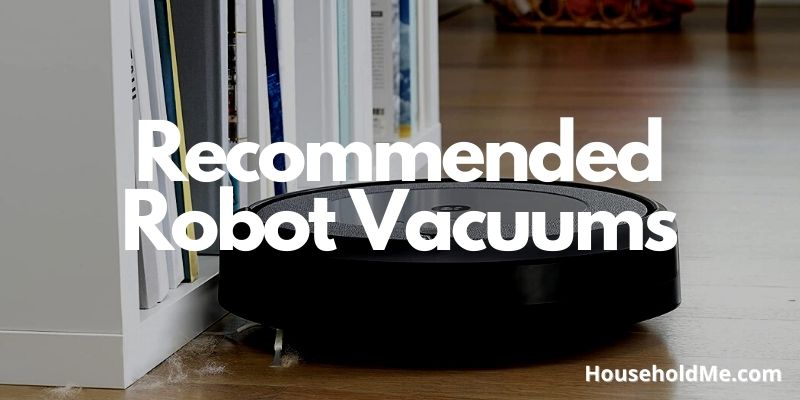
If you have any questions or comments, please add them below in the comment section. Similarly, please let us know if you spot any mistakes or omissions. Thanks!
